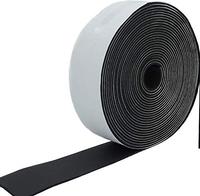Should I let my outdoor faucet drip to prevent freezing? The experts have their say
It may be a method that works, but does that mean you should try it?
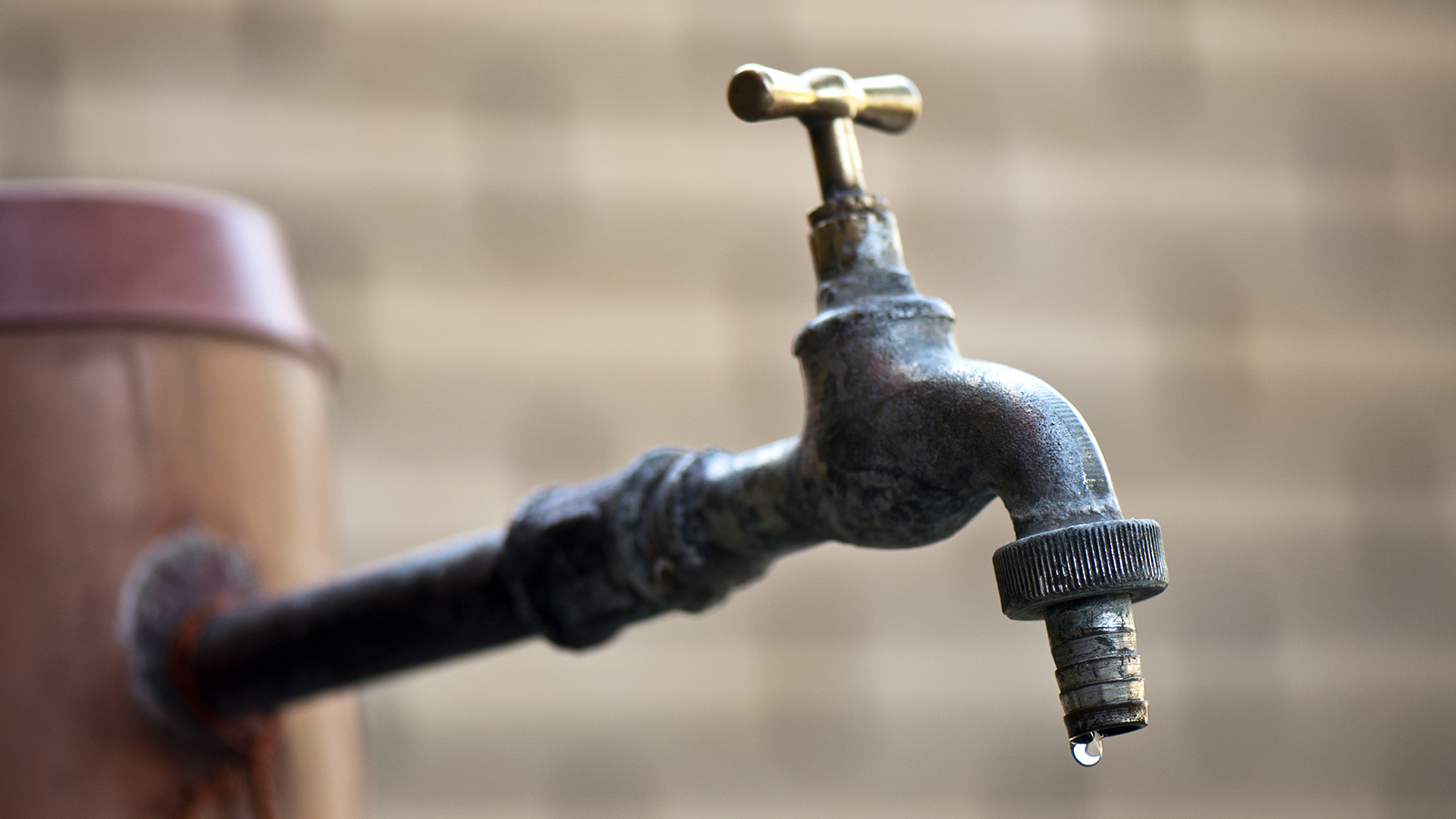

There are few home maintenance tasks worse than trying to defrost a frozen pipe in winter, but if you're wondering: should I let my outdoor faucet drip to prevent freezing, it's worth knowing the facts before you start.
'Letting your outdoor faucet can be an effective way to protect an outdoor faucet from freezing, but it's not the only approach, and it's important to understand the pros and cons, in order to make an informed decision,' says Jay Sanders owner at Castle Dream Construction.
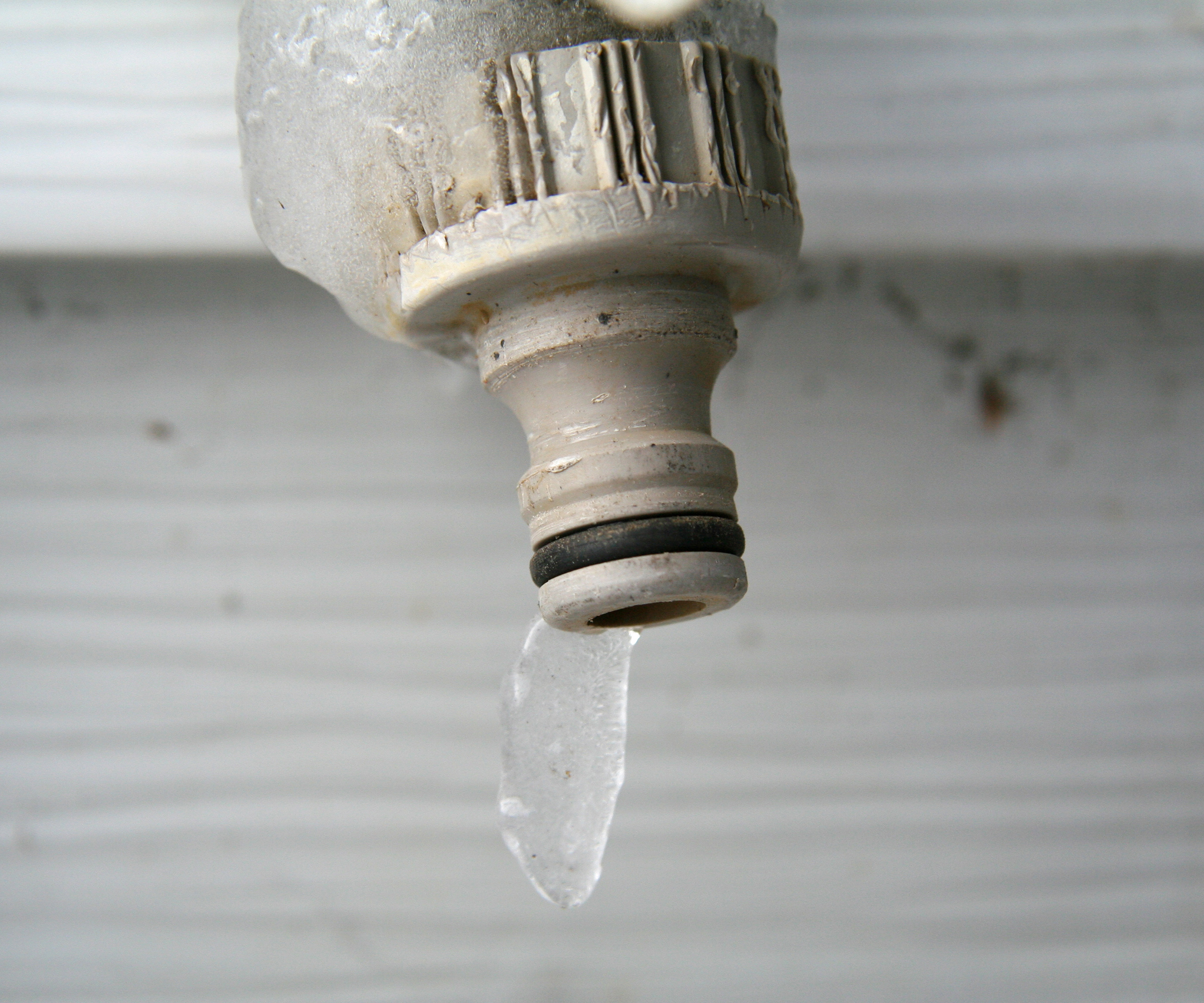
A steady drip will relieve water pressure
Should I let my outdoor faucet drip to prevent freezing
Leaving an outdoor faucet dripping in winter can prevent freezing throughout winter as running water is a lot less likely to freeze than stagnant.
'Moving water has a slightly lower freezing point than still water, making it less susceptible to freezing at the same temperature,' explains Jay.
A dripping faucet can also prevent water pressure buildup. 'The constant flow of water relieves pressure inside the faucet and pipe, reducing the risk of the ice expanding and pipes bursting,' says Jay.
A major plus point for this method is that it's quick and convenient. 'Allowing a faucet to drip requires minimal effort and can be easily stopped when a period of freezing weather has passed,' he adds.
When to drip outside faucets
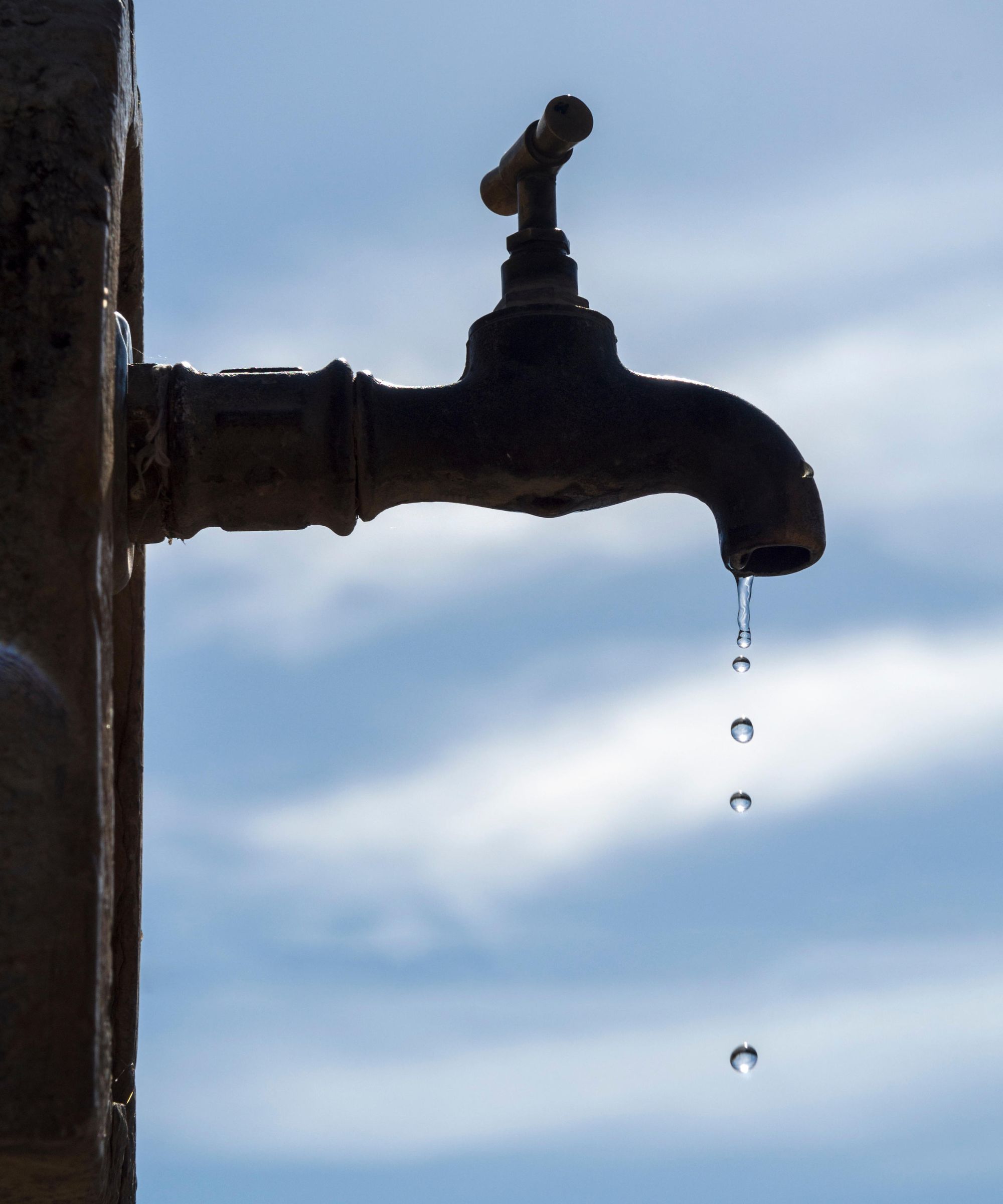
Keep an eye on forecasts for freezing temperatures
Knowing when to drip faucets is important. Get the timing wrong and you could soon be dealing with over-expanded pipework.
'You should aim to drip your faucets when outside temperatures begin to sink below 28ºF for three hours or more at a time,' says homes and gardening content editor Rachel Crow. 'At the end of fall and heading into the beginning of winter, these temperatures will likely be recorded at night, so keep a close eye on the weather forecast for your area and be prepared,' she advises.
If you can't leave your faucet dripping in cold weather, then covering an outside faucet could be a good alternative. A cover, like this Outdoor Faucet Cover for Winter at Walmart, can help protect the metal faucet and pipes from biting frost, preventing the majority of the cold air from traveling through the pipes and freezing the water within.
The cons of letting an outdoor faucet drip
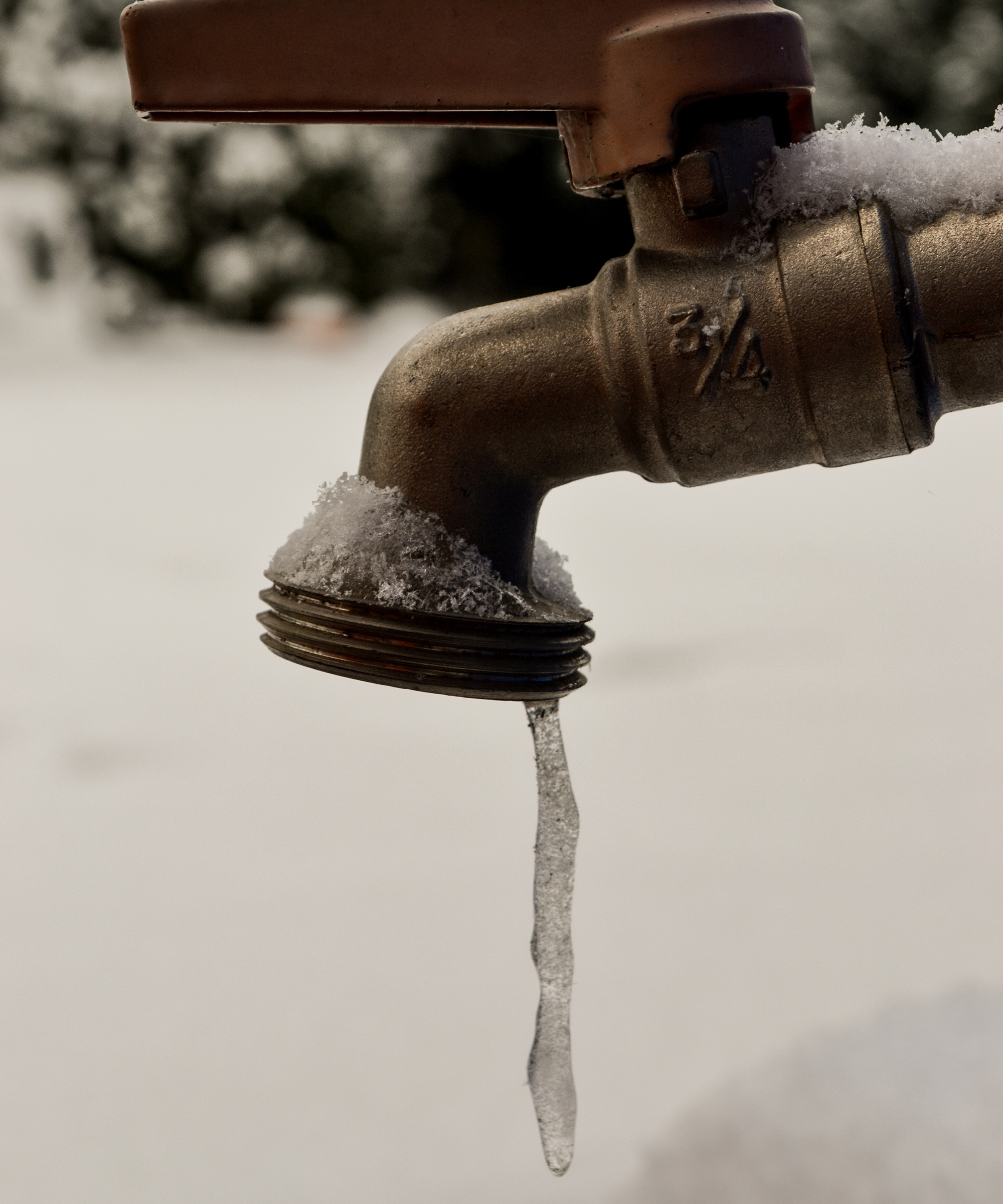
Water drips can freeze in very cold temperatures
According to Jay Sanders a dripping faucet can waste significant amounts of water, especially if left running for extended periods. 'Consider the environmental impact and potential cost increase on your water bill,' he advises.
It can also be inconsistent in its effectiveness. 'Dripping may be needed to prevent freezing in extremely cold temperatures or if the pipe is poorly insulated,' says Jay.
However you can run the risk of potential freezing at the drip point. 'The water droplets can actually freeze on the faucet spout or nearby surfaces, creating an icy slip-hazard,' he warns.

Jay Sanders is an MHIC Licensed contractor and owner of Castle Dream Construction & Basement Waterproofing in Baltimore Maryland. Jay has more than 10 years of home improvement experience.
How to know if your outside faucet has frozen
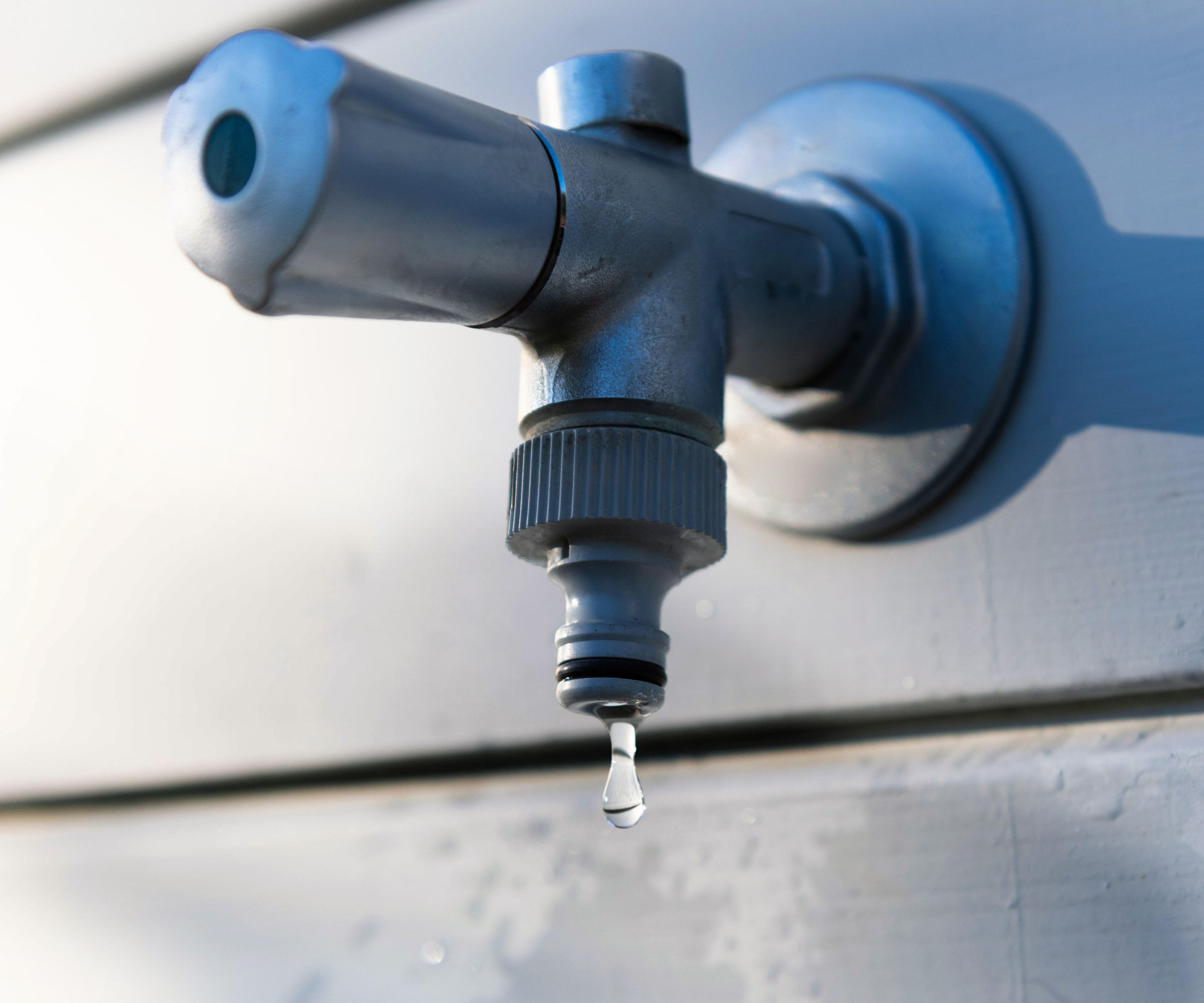
A frozen faucet will have no running water
A burst or frozen pipe has the same signs outside your home as inside, with no running water the first sign of a problem with your pipework.
'If you suspect your pipes are frozen the tell-tale signs to look out for include little to no water coming from taps, exposed pipes appearing frosty or wet, and damp patches on walls,' says Jess Steele of BestHeating. 'If you spot these signs, turn the water off at the valve and run the remaining water to relieve the pressure.'
If you suspect a pipe has burst due to over-expansion from freezing, it is a good idea to call in a professional to prevent further damage, Jess advises. 'You should temporarily mend the pipe with heavy-duty tape when possible, but always refer to a qualified plumber to fix the issue,' she says.
Insulating Foam Tape for Pipes View at Amazon
This one-sided foam insulation tape is designed for both industrial and commercial use. Perfect for pipe insulation, plumbing, and more.
FAQs
Will outside faucets freeze?
Outdoor faucets are susceptible to freezing, especially if they are not insulated like many indoor pipes are. As a result, any pipework connected to an outdoor faucet, or that runs under the ground in your yard, is at risk from frosts and cold snaps below 28ºF.
What can I put on my outside pipes to keep them from freezing?
There are plenty of commercial products available such as heating tape, pipe sleeves, and heat cables that can be put on outside pipework to prevent water from freezing and over expanding in winter.
If you've had bouts of below freezing temperatures in your region then ensure you know how to stop a bird bath from freezing, to ensure feathered friends have access to fresh drinking water.
Sign up to the Homes & Gardens newsletter
Design expertise in your inbox – from inspiring decorating ideas and beautiful celebrity homes to practical gardening advice and shopping round-ups.

Chiana has been at Homes & Gardens for two years and is our resident 'queen' of non-toxic living. She spends most of her time producing content for the Solved section of the website, helping readers get the most out of their homes through clever decluttering, cleaning, and tidying tips. She was named one of Fixr's top home improvement journalists in 2024.
-
 How to grow sassafras – for a low-maintenance native tree that can even be planted in shady yards
How to grow sassafras – for a low-maintenance native tree that can even be planted in shady yardsFor an easy-to-grow North American tree, you will not find much better than sassafras
By Thomas Rutter
-
 'Big results before you know it' – Experts urge you to use the ‘Take Away 10’ method for simple decluttering with zero decision fatigue
'Big results before you know it' – Experts urge you to use the ‘Take Away 10’ method for simple decluttering with zero decision fatigueIt can cut hundreds of items from your home in just a few weeks
By Ottilie Blackhall
